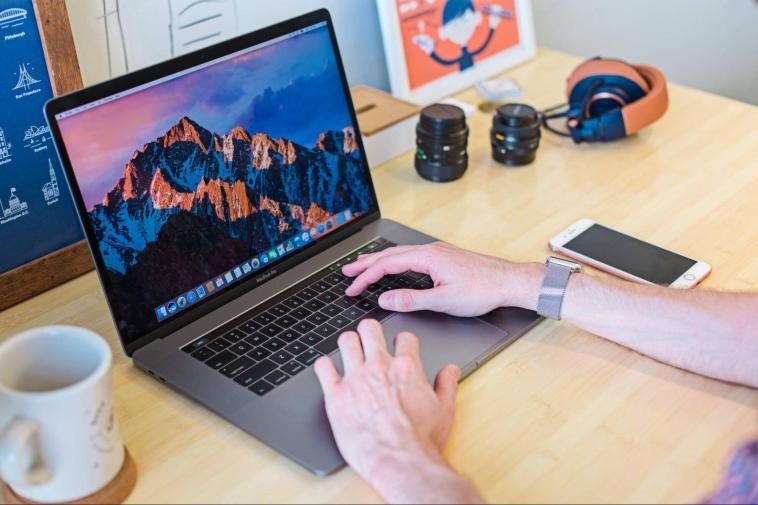When you shift from Windows to Mac on a tight budget, then purchasing a repaired Mac with a guarantee and tech support appears to be the best option. You can also save money by buying a pre-owned Mac. We’ll discuss all of the steps you need to take to ensure that the Mac you’re buying doesn’t crash the next day.
When you meet with your seller, it’s a good idea to undertake some basic diagnoses. Remember to bring an external USB drive with macOS pre-installed, as well as headphones. After all, you want to purchase a device that lets you play video games, surf the net, work, and so on, right?
Step 1
Begin diagnosis by carefully inspecting the used Mac’s body for any damage, such as noticeable smudges. After that, double-check all of the screws. Any loose screws may indicate that the Mac has already been repaired by an unlicensed repair service. Also, make certain that the display and the case are not bent.
Finally, examine the display hinges. These pivots should be capable of supporting the lid and keep it from collapsing.
If you discover any flaws while purchasing a used Mac, you can use them to your advantage.
Step 2
You can find out how old your Mac is by heading to the About This Mac section of the Apple menu on the top left side of the screen. If macOS isn’t installed on the used Mac you’re looking at; you can use its product code to determine its age. Flip the MacBook around, and you’ll see the serial number right beside the regulatory markings. At Apple’s coverage check webpage, use these resources to attain the Mac model and age, as well as its guarantee and assistance.
Step 3
Check that the device you want to buy boots up and that macOS loads all the routes to the desktop image. Use the bootable drive if the operating system is not placed on this machine. When you hear the startup tone, press and hold the Option key and choose the outer startup drive. It’s not worth it if the Mac doesn’t boot.
Step 4
Mac users create a variety of passcodes for their gadgets, and one of them can be a real pain for a new mac owner. If the vendor has established a firmware password on their device, you will be unable to boot your Mac from the USB drive. Press and hold the Option key while booting a Mac and listening to the startup chime. If you’re urged to enter the firmware password, ask Mac’s owner to disable it.
Step 5
Go to a dead pixels verifier that occupies your screen with pure colors to detect faulty pixels on the screen. Conversely, on the used Mac, open images with a monochrome background. You’ll realize tiny areas on the display if any pixels are broken.
It’s fine if there are a few dead pixels. However, if there are clusters of cracked pixels, you must avoid purchasing this used MacBook because the issue will only snowball and leave you with a useless screen.
Step 6
To ensure that the keyboard is not broken, use Mac’s built-in Text Edit app. Open it and start typing every keyboard character you can think of. Is everything in order? Now experiment with the Caps Lock button and functional keys. Does it work flawlessly? Good. You could also use Keyboard Viewer. Choose Show Keyboard Viewer from the language menu at the top of the menu bar. Every key you press is now shown in the fresh keyboard-like window.
Step 7
It’s simple to do. Simply plug in your external drive to the USB port. Repeat with the headsets. Appears to work? That’s how it should be.
Step 8
To check the iSight camera, start up the Facetime app or Apple’s Photo Booth app. Is your face visible in the app window? That implies your webcam is in perfect working order.
If you see a message that says, “There is no linked camera,” change the default webcam in your app to the iSight camera. If this problem remains, it could be an indication of camera malfunction.
Step 9
Disk Utility is a useful tool for examining the health of your Mac’s hard drive
Here’s what you should do:
- Navigate to Applications in the Finder.
- Select Utilities;
- Select Disk Utility; select First Aid from the menu above, and then press the Run button.
The checkup will take some time, and when it’s finished, you’ll see a window with a lineup of messages about the condition of your hard drive. If you see any red messages, it means that there is a problem with the disc.
Step 10
A MacBook with a faulty drive should be avoided. Check what the storage is like and whether there are problems with the scratch disk as well as other locations on the laptop’s drive.

